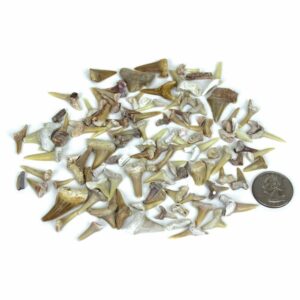 by: Tami O’Connor
by: Tami O’Connor
What is Amber?
Millions of years ago large forests in some parts of the world began to seep globs of sticky, aromatic resin down the sides of the trees. Unlike sap, resin is produced to protect the tree from disease and injury and is extruded through the bark of the tree during rapid periods of growth.
As it continued to ooze, this resin would trap such things as insects, seeds, leaves and other light debris. As geologic time progressed, these forests were buried under sediment and the resin hardened and formed the soft, warm, golden gem we know today as amber. Most of the amber in the world ranges from 30 to 90 million years old and is found in sedimentary clay, shale and sandstones associated with layers of lignite. Read the rest of this entry »



 Posted by Tami O'Connor
Posted by Tami O'Connor  by Laurie Neilsen
by Laurie Neilsen
 by: Norman Barstow
by: Norman Barstow